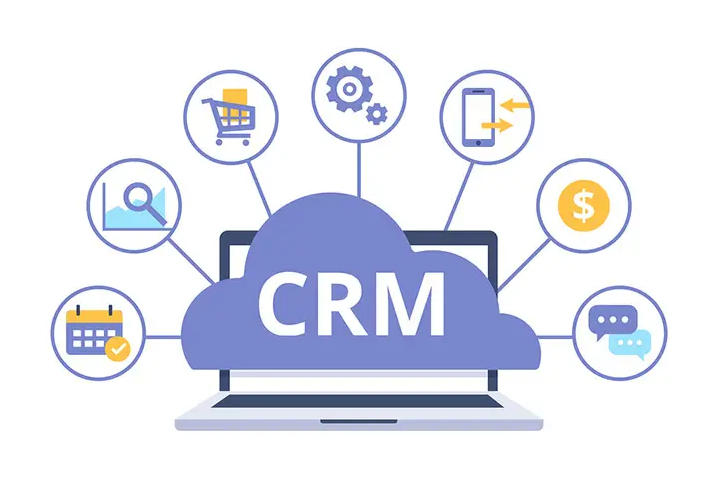Investing in a CRM (Customer Relationship Management) system is a smart move for any growing business. It promises better customer tracking, automation, reporting, and improved team collaboration. However, many businesses in 2025 still struggle to unlock the full potential of their CRM. If your CRM feels more like a burden than a benefit, you’re not alone.
In this guide, we’ll explore common reasons why your CRM isn’t working as expected, how to identify issues, and the most effective strategies to fix them. Plus, we’ll weigh the pros and cons of CRM use and offer SEO-optimized insights to help you turn your CRM into a powerful growth tool.
Common Reasons Your CRM Isn’t Working
1. Lack of User Adoption
Your team isn’t using the CRM consistently. This could be due to poor training, lack of understanding, or perceived complexity.
2. Poorly Defined Processes
If your CRM doesn’t mirror your sales, support, or marketing workflows, it won’t serve its purpose. Customization is key.
3. Data Overload and Inaccuracy
Too much bad data can make your CRM ineffective. Duplicate contacts, outdated information, and inconsistent data entry hinder usability.
4. Not Leveraging Automation
A CRM without automation is just a database. Without email triggers, task reminders, or lead scoring, you’re missing out on major time-saving benefits.
5. Limited Integration
Your CRM should integrate seamlessly with tools like your email marketing platform, website, eCommerce store, and helpdesk. If it doesn’t, you’ll end up duplicating work.
6. Neglected Analytics
CRMs offer powerful analytics, but if you’re not using them to guide decisions, you’re flying blind.
How to Fix a Broken CRM Strategy
1. Audit Your Current Setup
Start by evaluating how your team is using the CRM. Look at usage logs, identify gaps in workflows, and talk to users about their frustrations.
2. Clean and Organize Data
Remove duplicate records, update contact information, and standardize data entry practices. Use built-in tools or third-party apps for data cleanup.
3. Train Your Team
Provide hands-on training to ensure your team understands not just how to use the CRM, but why it matters. Consider platform-specific certifications or onboarding sessions.
4. Simplify and Customize Workflows
Tailor your CRM to match your business process. Simplify stages in your sales pipeline, define custom fields, and use tags or labels effectively.
5. Automate Key Tasks
Set up automation for repetitive actions like email follow-ups, meeting reminders, or lead assignments. This frees up time and reduces human error.
6. Integrate Your Stack
Use native or third-party integrations (like Zapier or Make) to connect your CRM with the tools you already use. This ensures a unified data ecosystem.
7. Measure and Optimize
Use built-in dashboards or reports to monitor KPIs like conversion rates, sales velocity, and engagement. Refine strategies based on real-time insights.
Pros and Cons of CRM Use
Pros:
- Centralized customer information
- Improved team coordination
- Automation for faster workflows
- Better customer segmentation
- Scalable for growth
Cons:
- Can be complex to set up
- Subscription costs add up
- Requires regular maintenance
- Risk of poor data quality without oversight
Choosing the Right CRM for Your Team
Sometimes, the issue isn’t just setup—it’s the platform itself. If your current CRM lacks flexibility, support, or essential features, it might be time to switch. Consider platforms like:
- HubSpot CRM: Great for inbound marketing and small businesses
- Zoho CRM: Affordable and highly customizable
- Pipedrive: Ideal for visual sales pipelines
- Salesforce: Feature-rich but suited for enterprises
- FluentCRM: Excellent for WordPress-based teams
Conclusion
If your CRM isn’t working, it’s likely due to poor adoption, bad data, or lack of strategy. Audit, optimize, and empower your team to get it back on track.
